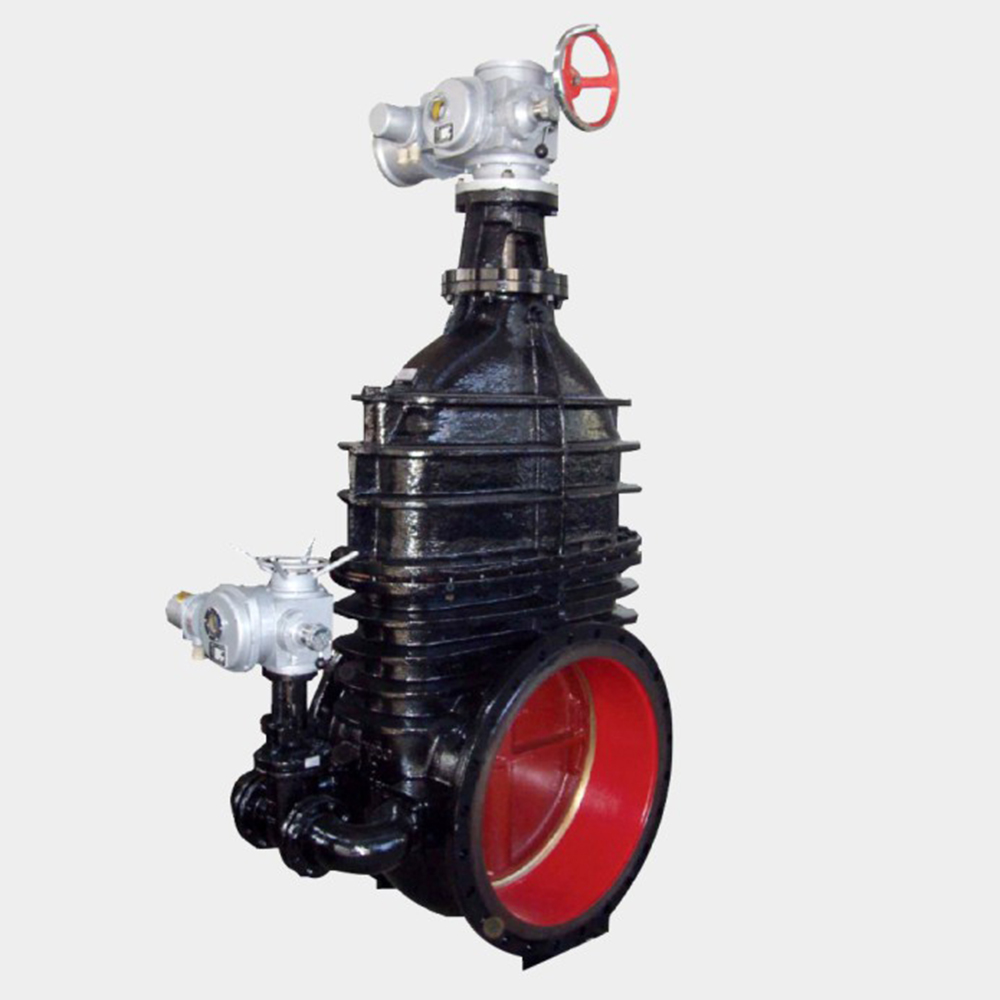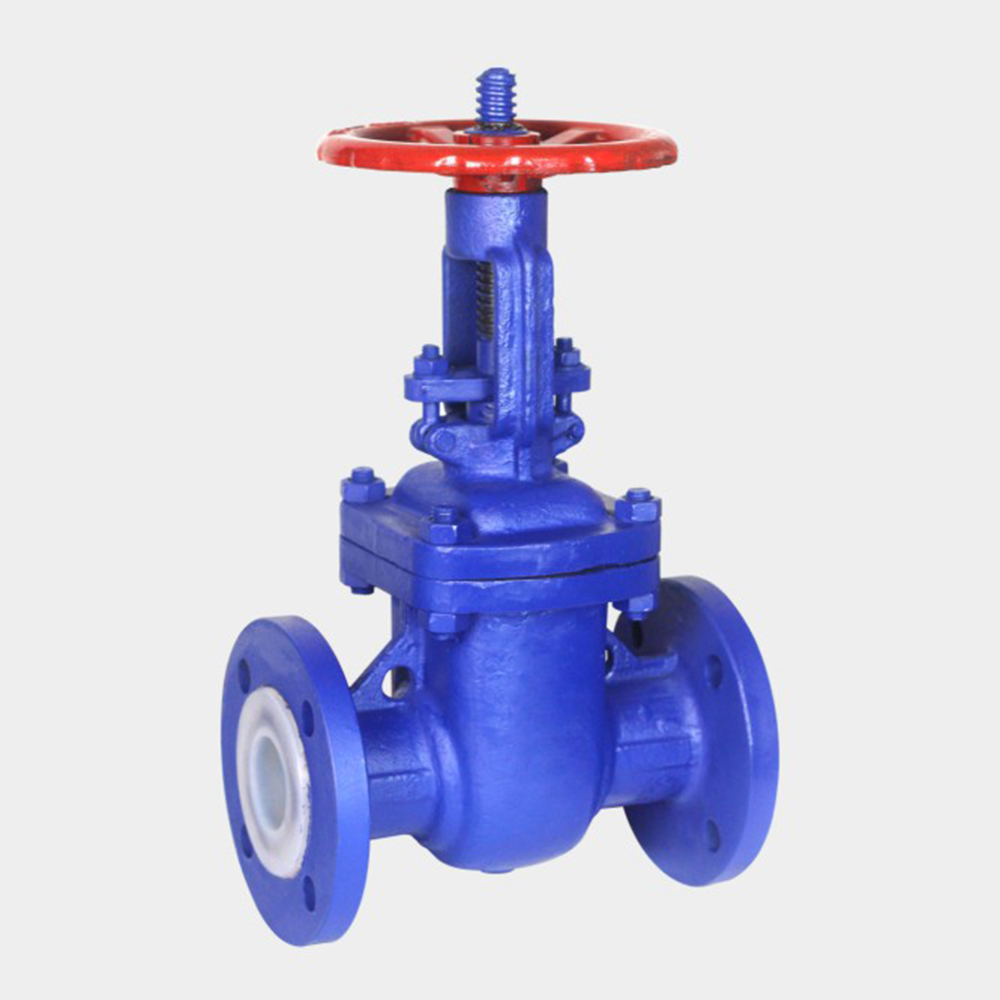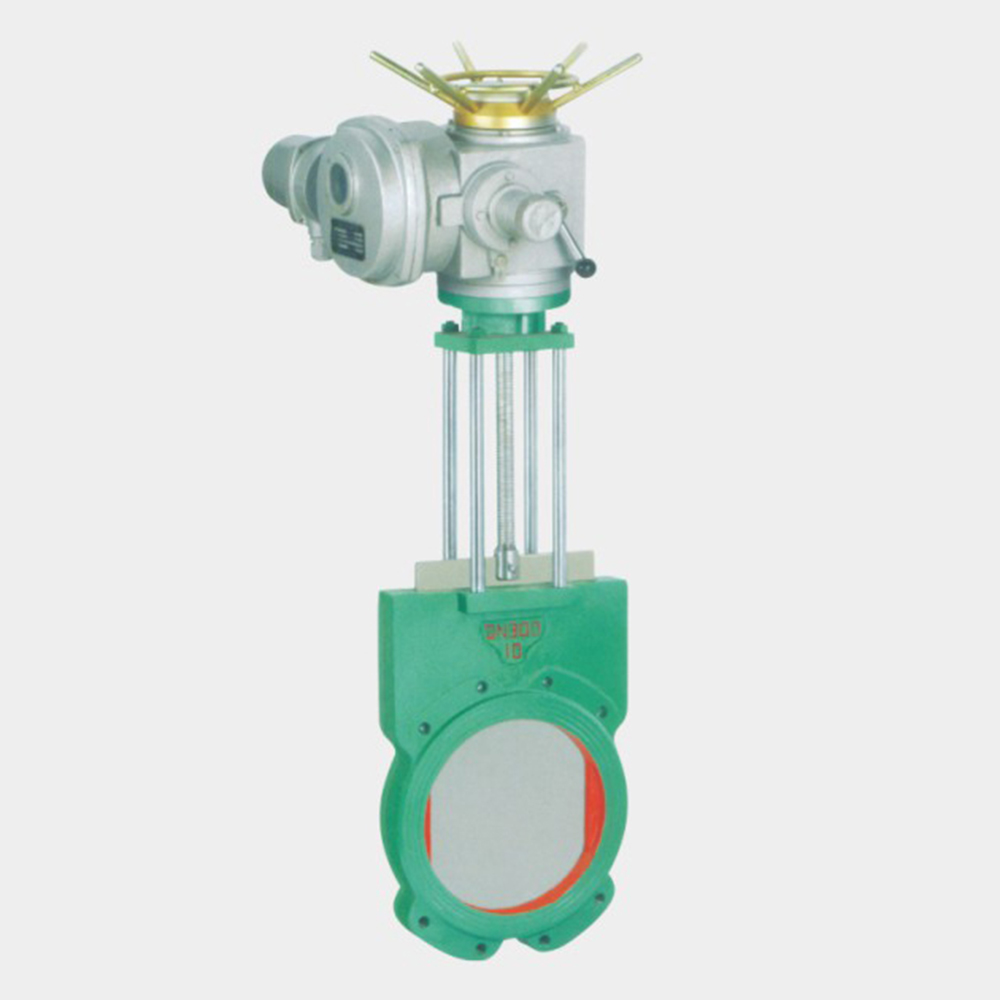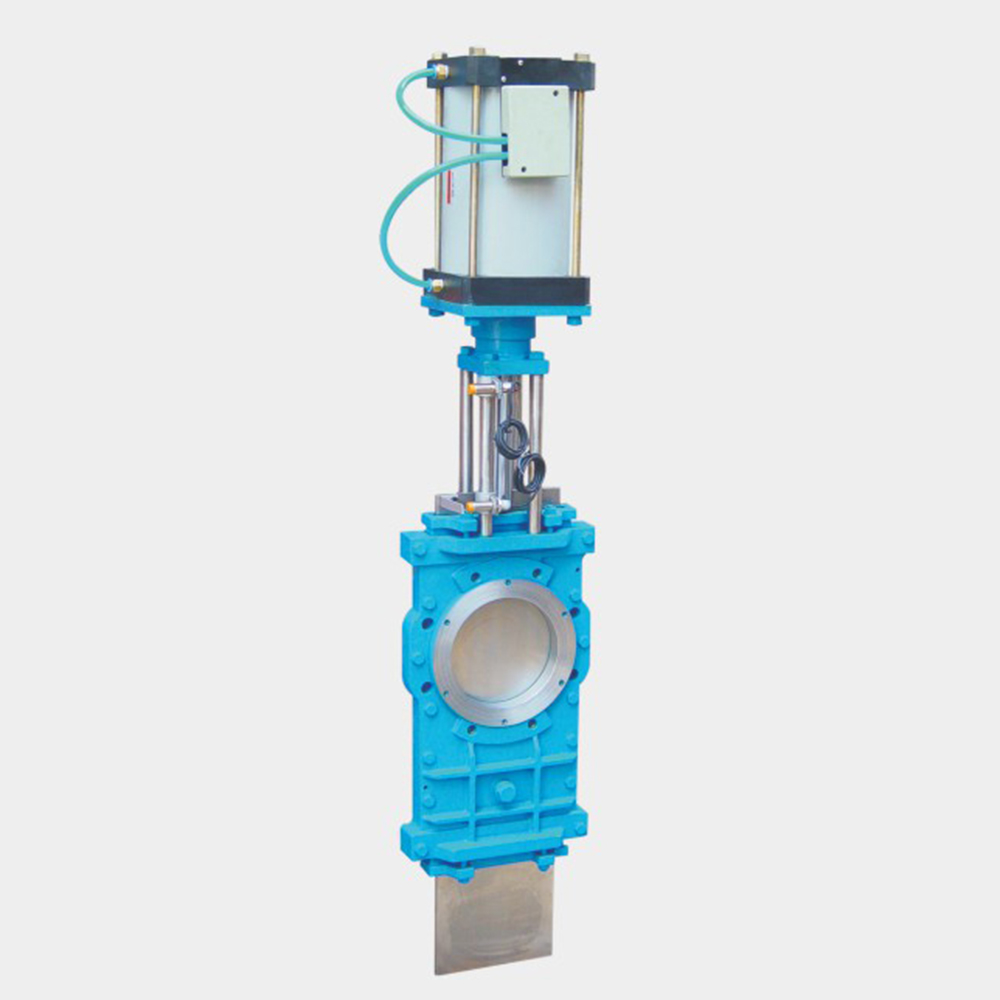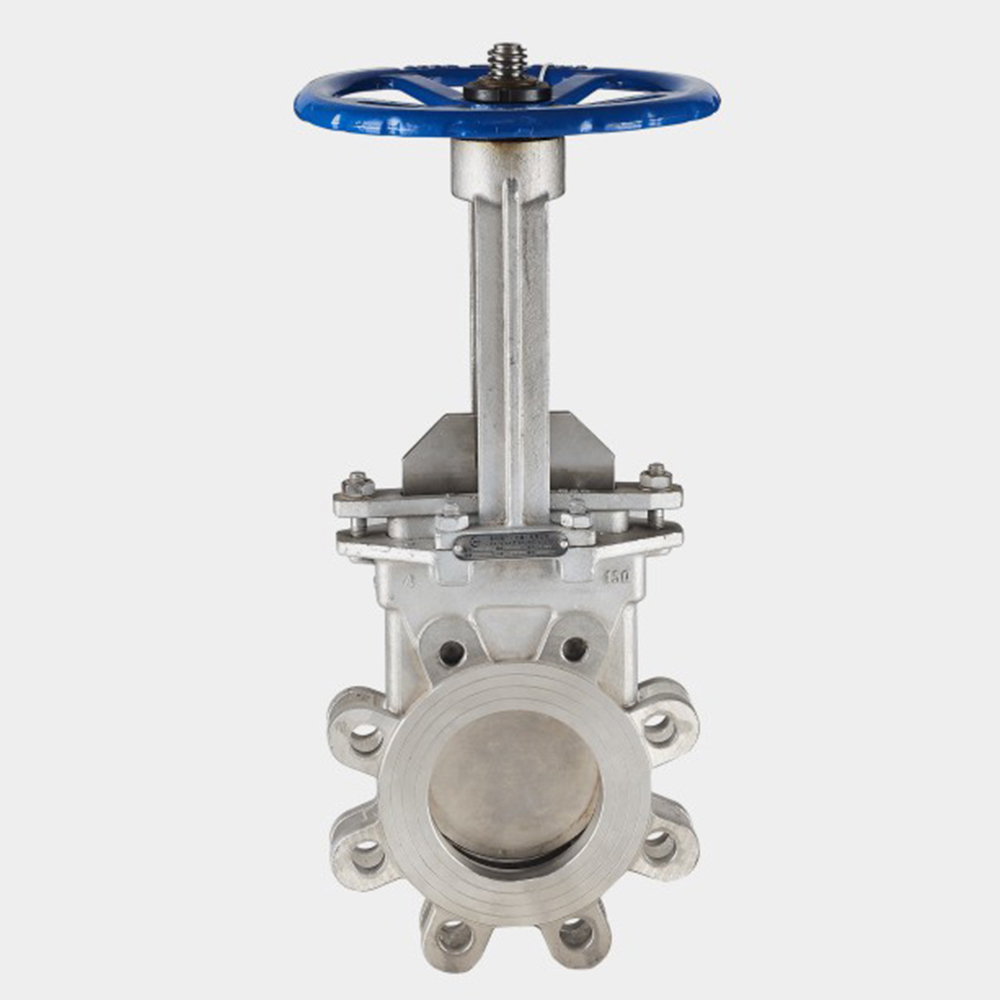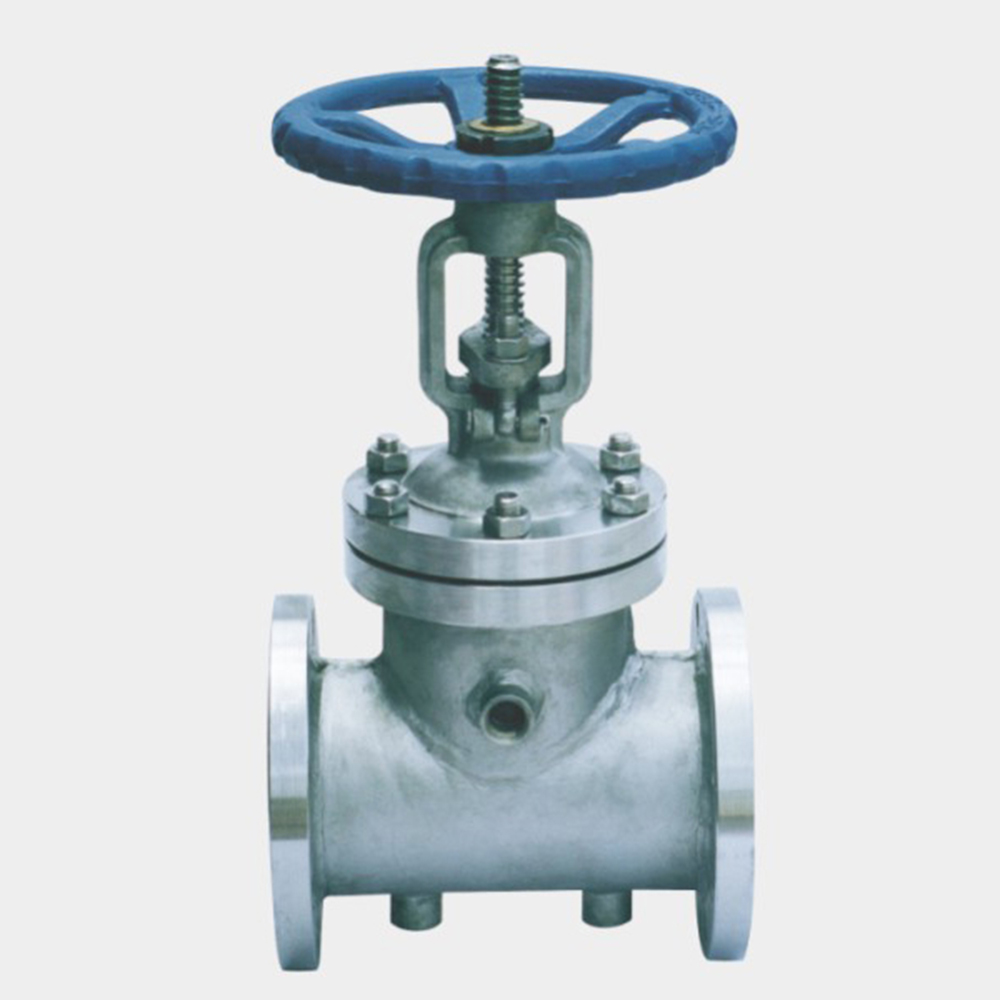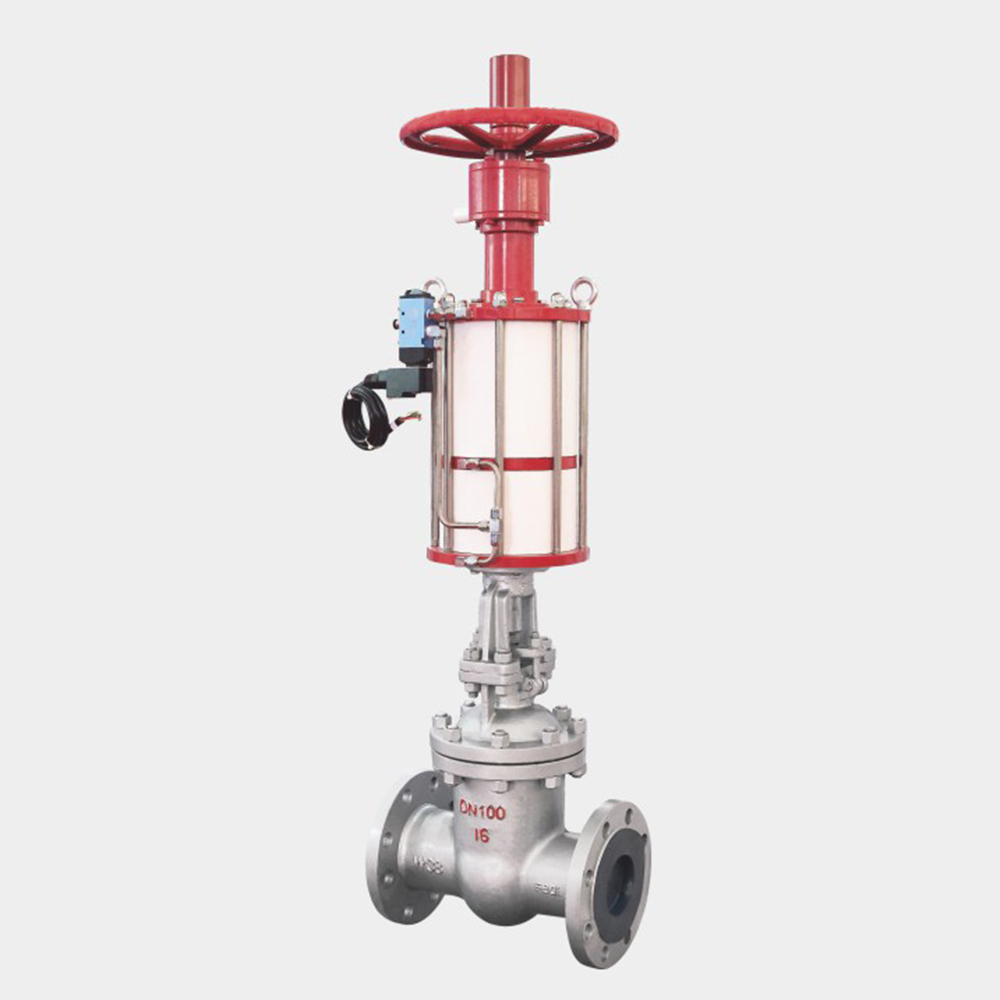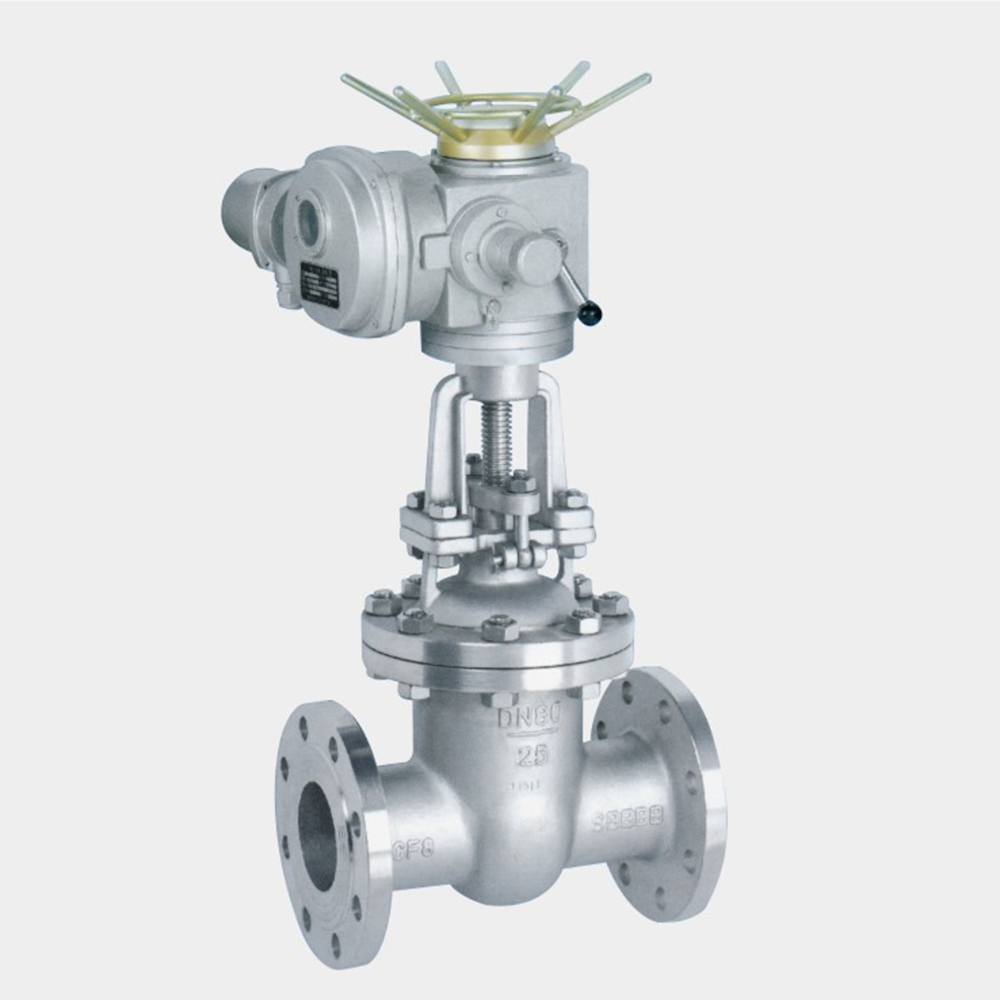0102030405
High pressure solenoid valve summary manufacturers should valve installation of a variety of matters how to accurately check the solenoid valve fault
2023-01-05
High pressure solenoid valve summary manufacturers should valve installation of a variety of matters how to accurately check the solenoid valve fault High pressure solenoid valve installation quality, can affect the future use of high pressure solenoid valve work, solid, high pressure solenoid valve manufacturers and application units. High pressure solenoid valve installation quality, can affect the future use of high pressure solenoid valve work, solid, high pressure solenoid valve manufacturers and application units. High pressure solenoid valve installation knowledge and precautions summary High pressure solenoid valve installation should be in accordance with the use of high pressure solenoid valve and the relevant delineation. In the construction process to really check, careful construction. High pressure solenoid valve installation, should be qualified after the pressure test before installation, carefully check the high pressure solenoid valve specifications, models are consistent with the drawings, check the high pressure solenoid valve parts are intact, open and close the high pressure solenoid valve rolling flexible, sealing surface without damage, confirm no error, can be installed. High pressure solenoid valve installation, high pressure solenoid valve operating mechanism from the ground should be about 1.2m, will be consistent with the chest. When the center of the high pressure solenoid valve and the hand wheel are more than 1.8m away from the operating ground, the high pressure solenoid valve and the safety valve should be operated more. High pressure solenoid valve more pipeline, high pressure solenoid valve as far as possible concentrated on the platform, in order to operate. For more than 1.8m and not often operated single high pressure solenoid valve, can be used sprocket, extension rod, flow platform and flow ladder and other equipment. When the high pressure solenoid valve is installed below the operating surface, the extension rod should be set, and the ground valve should be set in the ground well, and the ground well should be capped for safety. The stem of the high pressure solenoid valve on the horizontal pipeline is vertically upward. It is not suitable to install the stem downward. Valve stem downward installation, inconvenient operation, inconvenient maintenance, but also easy erosion of high pressure solenoid valve loss accident. Ground high pressure solenoid valve should not be installed askew, so as not to operate unfavorable. The high pressure solenoid valve on the side by side pipeline should have space for manipulation, maintenance and disassembly. The net distance between the handwheels should not be less than 100mm. If the pipe distance is narrow, the high pressure solenoid valve should be staggered. For the high pressure solenoid valve with large opening force, low strength, brittleness and weight, the valve frame should be set up to support the high pressure solenoid valve before installation to reduce starting stress. When installing the high pressure solenoid valve, use pipe pliers near the high pressure solenoid valve, and use an ordinary wrench for the high pressure solenoid valve itself. At the same time, the installation, to make the high pressure solenoid valve in the half closed state, to prevent the high pressure solenoid valve rolling and deformation. High pressure solenoid valve accurate installation should make the internal structure of the form in line with the flow of the medium, the installation form in line with the high pressure solenoid valve structure of the special requirements for begging control. In particular, it is necessary to pay attention to the medium flow direction of the high pressure solenoid valve should be installed according to the requirements of the process pipeline. High pressure solenoid valve layout should be convenient and fair, operating staff easy access to the high pressure solenoid valve, for the lifting valve stem type high pressure solenoid valve, to leave control space all high pressure solenoid valve stem should be installed as far as possible and perpendicular to the pipeline. High pressure solenoid valve connection surface installation The installation end adopts the high pressure solenoid valve with thread connection, so that the depth of screw into the high pressure solenoid valve should be appropriate, screw into the deep pressure valve seat, will affect the valve seat and ram good fit, screw into the shallow, will affect the sealing reliability of the joint, easy to introduce leakage. At the same time, thread sealing material should be made of PTFE raw tape goods sealant, pay attention not to give the sealing material to the high pressure solenoid valve cavity. For the flange end of the high pressure solenoid valve, the first to find the connection surface of the death orchid, the cover is perpendicular to the pipeline, and the bolt hole to the right. High pressure solenoid valve flange should be parallel to the pipe flange, flange clearance is moderate, should not be caused by misopening, tilt phenomenon, flange between the center gasket should be placed in the middle, can not be deflecting, bolts should be symmetrical average tightening. Prevent an additional residual force from being forced to tighten the connection when the high pressure solenoid valve is installed. Before installation, the inner wall of the pipe and the external thread should be thoroughly polluted; Burrs and foreign bodies that hinder the activity of the media and may affect the operation of the equipment should be blown to clean the dirt, slag and other debris in the pipeline before the pipe is connected. Prevent damage to the sealing surface of the high pressure solenoid valve or block the high pressure solenoid valve. To install the high pressure solenoid valve connected to the welding end, the welding ends of the high pressure solenoid valve should be first set up after spot welding, open the high pressure solenoid valve, and then apply the welding seam according to the welding process. After welding, check the appearance and internal weld quality of the weld to ensure that there is no porosity, slag inclusion, cracks, etc. When necessary, the weld should be inspected by ray or over control Heavy high pressure solenoid valve installation When installing heavy high-pressure solenoid valves (DN100), hoisting tools or equipment should be used. The hoisting rope should be tied to the flange or support of the high-pressure solenoid valve, rather than to the handle stem of the high-pressure solenoid valve, so as to avoid damaging the high-pressure solenoid valve. What are the general requirements of high pressure solenoid valve installation? A: The general requirements for high pressure solenoid valve installation, appropriate installation height, high pressure solenoid valve and stem direction on horizontal pipeline are as follows: (1) The high pressure solenoid valve should be located in a place that is easily accessible, easy to operate and maintain. High pressure solenoid valves on rows of pipelines (such as those in and out of the device) should be centrally arranged, and control platforms and ladders should be considered. The Central Line of the high pressure solenoid valve on the parallel arrangement pipeline should be drawn as far as possible. The net distance between the hand wheel should not be less than 10Qmm, in order to reduce the pipe spacing, the high pressure solenoid valve can be staggered layout; (2) Often operated high pressure solenoid valve installation position should be easy to operate, appropriate installation height for the interval of 1.2m above and below the control surface. When the high pressure solenoid valve handwheel center height more than 2m control surface, for the centralized arrangement of the valve group or frequent operation of separate high pressure solenoid valve and safety valve should be set up platform, not often operated separate high pressure solenoid valve should also take appropriate measures (such as sprocket, extension rod, flow platform and flow ladder, etc.). The chain of the sprocket should not obstruct passage. The high pressure solenoid valve on the pipeline and equipment of dangerous medium shall not be installed in the height range of the human head, so as not to touch the head, or because the high pressure solenoid valve leakage directly hurt the human face; (3) The high pressure solenoid valve used for partition equipment should be directly connected with or close to the equipment pipe port. And extremely harmful, highly harmful toxic media equipment connected to the nozzle of the high pressure solenoid valve, should be directly connected with the equipment Gukou, the high pressure solenoid valve shall not be used chain; (4) Accident treatment valves, such as fire water valves and fire steam valves, should be dispersed, and the safety operation should be taken into account in the event of an accident. This type of high pressure solenoid valve should be arranged behind the control room. Behind the safety wall, outside the factory door, or with a certain safety distance from the accident place; So that in the event of a fire accident, the operator can operate safely; (5) Unless the process has special requirements, the high-pressure solenoid valve on the bottom pipe of the tower, reactor, vertical vessel and other equipment shall not be arranged in the skirt; (6) The plugging valve of the horizontal branch pipe drawn from the main pipe should be located on the horizontal pipe section near the root; (7) The lifting check valve should be installed on the horizontal pipe, and the vertical lifting check valve should be installed on the vertical pipe with the bottom-up activity of the medium in the pipe. Swing check valve should be installed on the horizontal pipe preferentially, can also be installed in the pipe medium bottom-up activity of the vertical pipe; The bottom valve should be installed in the centrifugal pump suction installation height, can choose butterfly check valve; When the diameter of the pump outlet is inconsistent with that of the connected pipe, the reducing check valve can be used; (8) The central distance between the high pressure solenoid valve handwheel arranged near the operating platform and the edge of the operating platform should not be greater than 450mm. When the valve stem and handwheel are extended above the platform and the height is less than 2m, it should not affect the operation and passage of the operating staff; (9) The high pressure solenoid valve of the underground pipeline should be located in the pipe trench or valve well. If necessary, the high pressure solenoid valve extension rod should be set up. Fire water valve Wells should be marked prominently; (10) For the high pressure solenoid valve on the horizontal pipeline, the direction of the valve stem can be determined in the following order: vertical upward; Level; Upward tilt 45°; Downward tilt 45°; Do not go straight down; (11) Open rod type high pressure solenoid valve with valve stem installed horizontally. When the high pressure solenoid valve is opened, the valve stem shall not affect the passage. Check valve installation need to pay attention to (1) Installation position, height, import and export direction must meet the design requirements, pay attention to the direction of media activity should be consistent with the direction of the arrow marked by the valve body, the connection should be firm and close. (2) The appearance of the high-pressure solenoid valve must be inspected before installation. The nameplate of the high-pressure solenoid valve should conform to the delineation of the current national standard "Universal high-pressure Solenoid Valve Mark" GB12220. For the working pressure is greater than 1.0MPa and play a blocking role in the main pipe high pressure solenoid valve, before installation should be carried out strength and tight function test, qualified to use. Strength test, the test pressure is 1.5 times the nominal pressure, the duration is not less than 5min, the high pressure solenoid valve shell, packing should be qualified without leakage. Tightness test, test pressure for nominal pressure 1.1 times; The duration of the test meets the requirements of GB50243. (3) Do not make the check valve bear weight in the pipeline, large check valves Technical requirements for installation of high pressure solenoid valves 1. Directivity. General high pressure solenoid valve body has a sign, arrow pointing to the direction of gas forward smooth direction. Special care must be taken not to be inverted. Due to a variety of high pressure solenoid valves require one-way smooth gas, such as safety valves, pressure reducing valves, check valves, throttle valves, etc., for the globe valve in order to facilitate opening and testing, gas is also required to pass through the seat from bottom to top, but the gate valve, cock installation, not restricted by smooth direction. 2. Installation position. To high pressure solenoid valve long-term control and maintenance consideration, as easy as possible to control maintenance, but also pay attention to the assembly of the beautiful shape. The direction of the high pressure solenoid valve handle can be vertically upward, can also be tilted to a certain Angle or placed horizontally, but the hand wheel shall not be downward, to avoid the upward face control; Ground high pressure solenoid valve hand wheel chest high, easy to open and close; Open stem gate valves should not be used underground to prevent stem erosion. Some high pressure solenoid valve installation position has special requirements, such as pressure reducing valve requirements erected on the horizontal pipe, not inclined, lifting check valve requirements valve disc vertical; Swing check valves require horizontal pins. In short, according to the principle of the high pressure solenoid valve to determine its installation position, otherwise the high pressure solenoid valve can not work effectively, even does not work. 3. Installation of cock. Check the specifications and models, identify whether there is damage, too much grease and debris in the screw cap and thread, check the sealing function of the cock. When installing the gas cock, it is necessary to pay attention to appropriate force. Pipe pliers or wrenches of different specifications should be selected according to the size of the cock. 4, screw buckle high pressure solenoid valve installation, high pressure solenoid valve company should ensure the integrity of the thread; Can use a wrench when the wrench, do not use pipe pliers, to avoid damage to the appearance of the valve body. 5, flange type high pressure solenoid valve installation, must ensure that the two flanges parallel to each other and on the unified axis, tightening bolts should be cross, so that the high pressure solenoid valve end face force average. 6. The high pressure solenoid valve connected with flange and thread should be installed in closed state. When welding high pressure solenoid valve and pipeline connection, welding bottom should be argon welding, to ensure internal cleaning, welding, high pressure solenoid valve should not be closed to prevent heat deformation. 7. In general, the high pressure solenoid valve is directly connected with the corrugated expansion joint, so the pipes on both sides should be cut off according to the size of the high pressure solenoid valve and the corrugated expansion joint as well as the flange and gasket, leaving the installation position. 8, high pressure solenoid valve hoisting, the rope can not be tied to the first round or valve stem, to prevent damage, should be light, light, not collision. When placed on the support pier, the cushion shall be stable and flat according to the required elevation. High pressure solenoid valve must have a strong support pier or bracket to hold the high pressure solenoid valve, do not allow the high pressure solenoid valve suspended stress. How to accurately check the solenoid valve fault Solenoid valve is the industrial equipment with electromagnetic control, is used to control the fluid automation basic components, belongs to the actuator; Not limited to hydraulic, pneumatic. We use ten points in our daily life. The failure of the solenoid valve will directly affect the action of the switching valve and the regulating valve, the common fault is the solenoid valve does not act, so how to troubleshoot the solenoid valve fault? Generally speaking, the investigation should be conducted from four aspects: (1) Air leakage: air leakage will cause insufficient air pressure, making the forced valve opening and closing problems, the reason is that the sealing gasket damage or slide valve wear caused by several cavities channelling. When dealing with the solenoid valve failure of the switching system, the appropriate time should be selected to deal with the solenoid valve when it is out of power. If it cannot be handled within a switching gap, the switching system can be suspended and handled calmly. (2) Solenoid valve stuck: solenoid valve spool sleeve with a small clearance (less than 0.008mm), generally is a single piece assembly, when there are mechanical impurities or too little oil, it is easily stuck. The treatment method can be steel wire from the head hole inserted, so that it springs back. The fundamental solution is to remove the solenoid valve, take out the spool and spool sleeve, clean with CCI4, so that the spool is flexible in the valve sleeve. When disassembling, we should pay attention to the assembly sequence and external wiring position of each part, so as to reassemble and wire accurately. We should also check whether the spray hole of the oil mist is blocked and whether the lubricating oil is enough. (3) The solenoid valve connector loosens or the wire falls off, the solenoid valve shall not be electric, and the wire can be fastened. (4) The solenoid coil is burnt out. The wiring of the solenoid valve can be removed and measured with a multimeter. If the circuit is open, the solenoid coil is burnt out. The reason is that the coil is damp, causing bad insulation and magnetic leakage, resulting in excessive current in the coil and burned, so to prevent rain into the solenoid valve. In addition, the spring is too strong, the reaction force is too large, the coil turns too few, suction is not enough can also make the coil burned. In case of emergency, the manual button on the coil can be played from 0 to 1 in normal operation to make the valve open.

